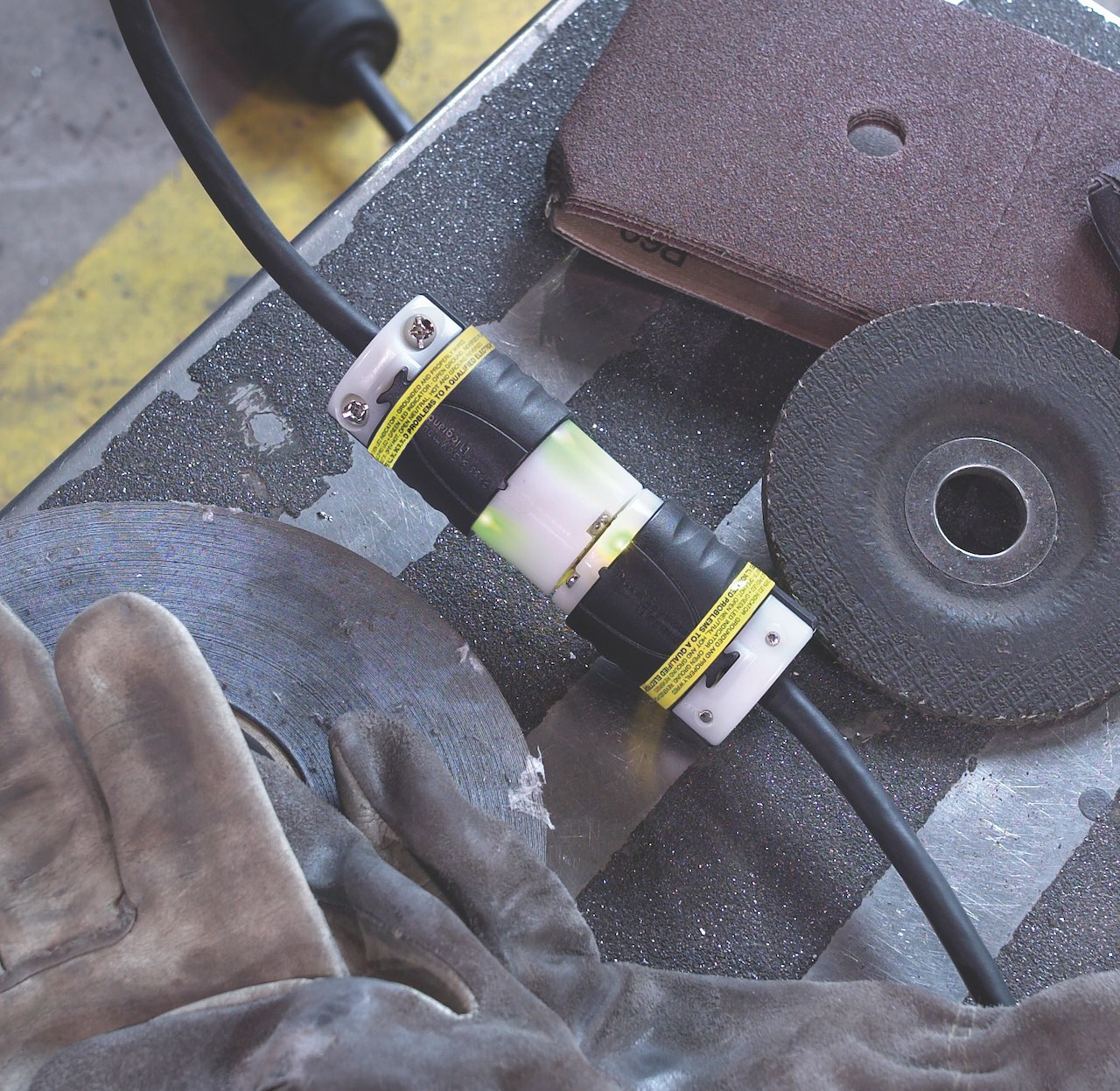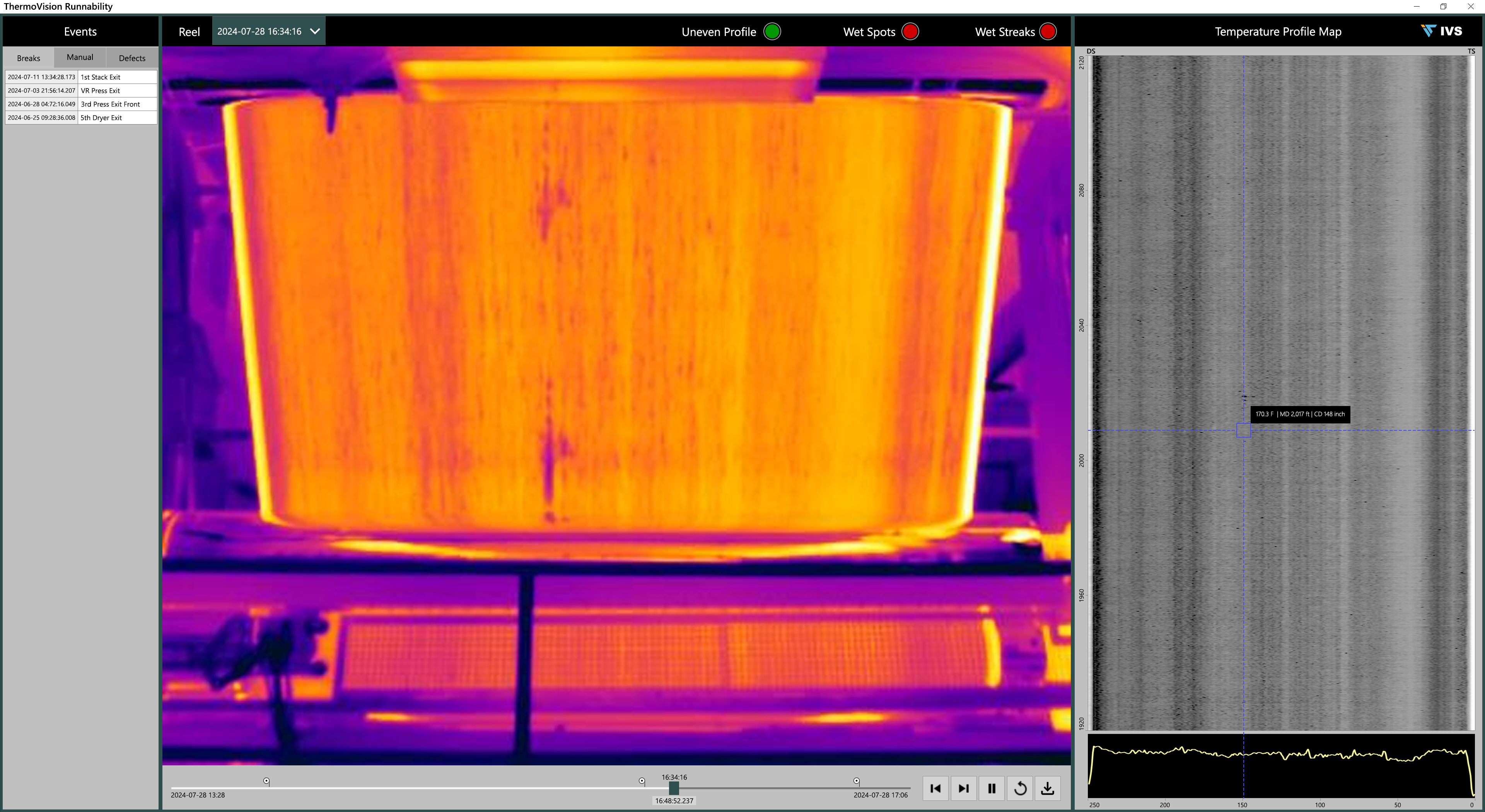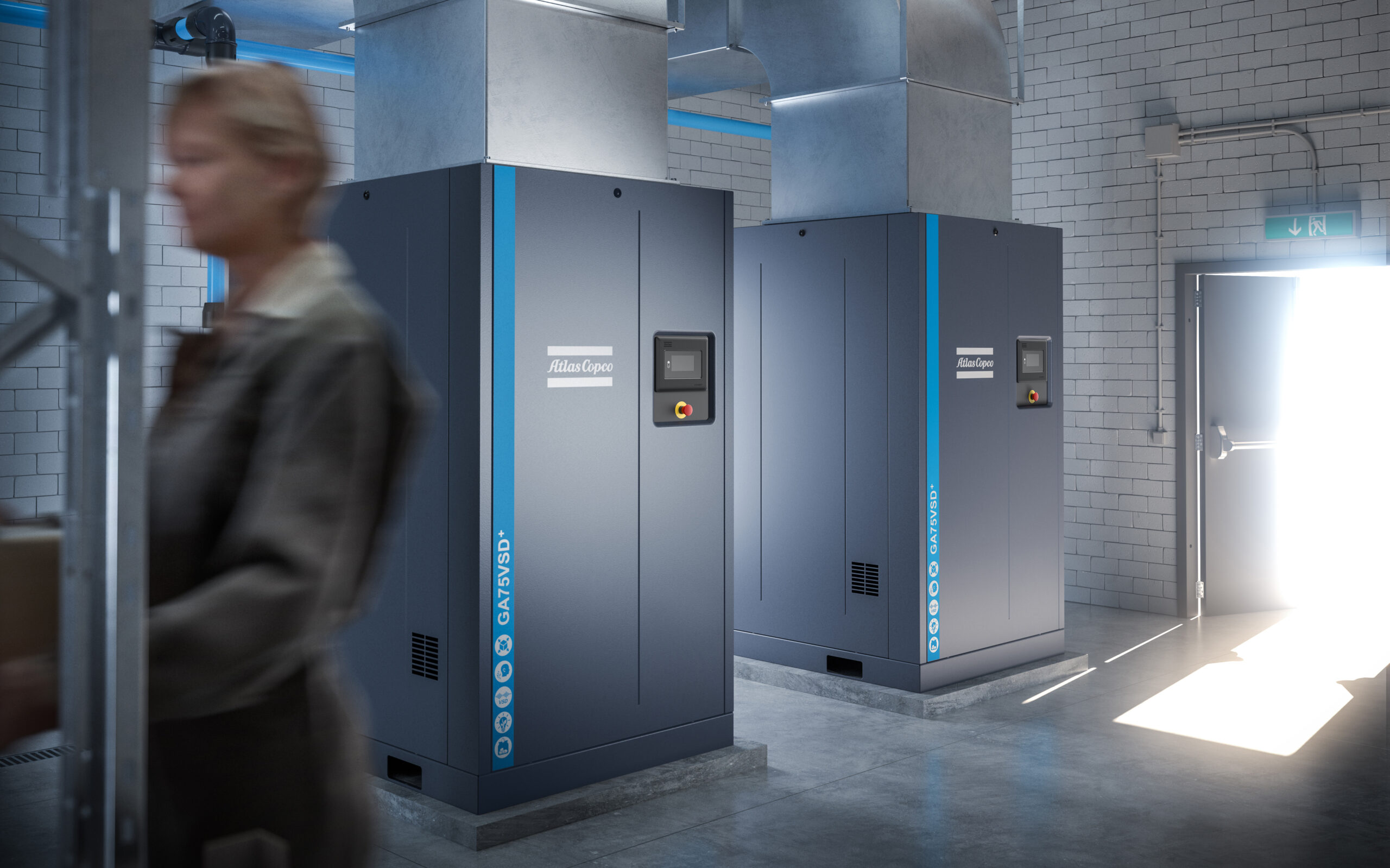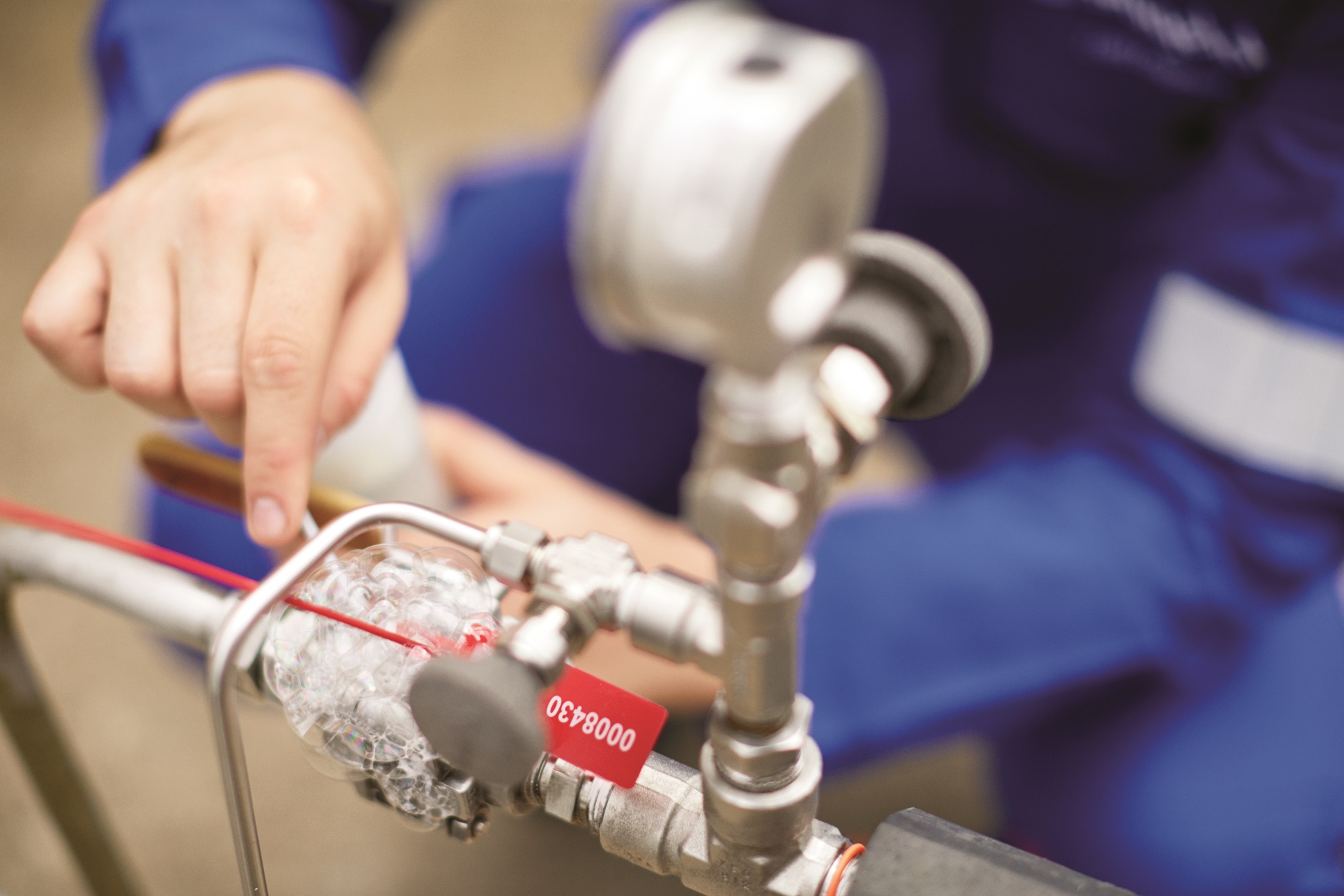Plugs, connectors have different uses in different environments.

With the multitude of options on the market, it can be difficult to decide whether you need a pin and sleeve wiring device or a plug and connector in your industrial plant or facility. You might find your head swirling with thoughts about which option is best. Or you may not even know which one you need where.
You do know you want to ensure maximum electrical protection, and you can’t have machines shut down due to moisture, dust, or contamination that weasels its way into your system. But what’s the difference between a pin and sleeve versus a plug and connector? And once you decide on that, how do you narrow down your choices from there?
Selecting wiring devices
It can be tempting to go to the extremes, either settling on the least expensive option to free up some room in the budget, or opting for the maximum level of protection “just in case.” However, there’s a balance involved with selecting electrical devices. It is important to think about where they will be used and what appropriate amperage, voltage, environmental factors, and ratings come into play.
In order to begin selecting the right electrical device, you first need to understand the difference between them.
Pin and sleeve devices
Pin-and-sleeve devices are an excellent option for electrical connections that require extra security. They are ideal for many industrial plant applications because they can handle high electrical currents running between large pieces of equipment and receptacles, especially in wet or corrosive environments. These devices are rated at high amperages, normally 60A to 200A, and provide protection against many elements, including chemicals, dirt, dust, and moisture.
When it comes to pin and sleeve, you often are dealing with the International Electrotechnical Commission (IEC), which is a organization that sets the standards for many electrical system installations throughout the world. IEC 60309 is the relevant standard for pin and sleeve devices in industrial settings at high voltages and amperages, and it involves five sub-standards. The first two are the most widely adopted. They ensure safety requirements and that the plugs and holes match up.
In addition, IEC 60309 enables many pin and sleeve devices to be interchangeable. As long as they are properly mated, which is organized through a color system based on voltage, you can use different pin and sleeve plugs and connectors.
Pin and sleeve devices also are offered as plugs and connectors. The male plug has a certain amount of pins that match the female connector. And there also are pin and sleeve receptacles and inlets. It is important to remember that these are your high amperages, high voltage devices that provide the most safety.
Pin and sleeve wiring devices come in three types:
- Splashproof
- Watertight
- Switch-rated
The main thing to remember is splashing is slightly different from watertight, which means it can withstand temporary immersion. With splashing, you are talking about a less intense contact with water. Think of a watch. Many watches handle it if you wash your hands, but that’s very different from swimming laps with it on.
When it comes to switch-rated pin and sleeve devices, these types ensure there is no arcing. These are a combination of pin and sleeve with a mechanism that allows for disconnecting under load. Switch-rated devices are ideal for high arc risk and environments with frequent washdowns or heavy water presence.
Plugs and connectors
Plugs and connectors are similar to pin and sleeve wiring devices in that they provide an electrical connection and are a great option for industrial applications. The main difference between the two types of devices has much to do with safety.
Plugs and connectors are very safe with IP ratings that designate the degree of safety for each type. In fact, you may not need pin and sleeve devices at all in your plant. They could be overkill—and they’re more expensive. Plugs and connectors can handle a wide variety of industrial applications just fine.
To begin selecting a plug and connector you’ll want to determine the amperage and voltage that fits your specific needs best. Next you’ll need to choose either a straight blade or locking type. Locking plugs and connectors are ideal for situations where you do not want the power to disconnect, such as power generators. The locking mechanism latches them together and prevents unplugging and power disconnection. Straight blade plugs and connectors do not offer this locking mechanism, but are useful for a variety of applications where that is not a top concern.
Lastly, once you’ve determined the appropriate amperage, voltage, and level of safety assurance you need, you can begin to delve into the IP rating to make your final decisions on plugs and connectors.
Dust-tight plugs and connectors
Dust-tight plugs and connectors are rugged options for both commercial and light industrial applications, such as dry outdoor use with shop tools and extension cords. The dust-tight body is made of rubber, providing resistance to impacts, oils, chemicals, heat, and weather. Many dust-tight plugs, and connectors are constructed with floating, nickel-plated blades that allow for self-alignment with contacts and provide long-lasting corrosion resistance. These items do not allow any dust ingress, making them a superior choice for many light industrial applications.
Dust-tight plugs and connectors are perfect for dry outdoor environments, shop tools, and extension cords.
Watertight plugs and connectors
Watertight plugs and connectors are not only dust-tight, but they also are rated as watertight with an IP67 rating, meaning they not only completely protect against dust ingress but also can withstand temporary immersion. These devices feature multiple seals for maximum protection and are rated for 1,500 psi high-pressure hosedowns, a common occurrence in many industrial environments. The thermoplastic elastomer rubber construction is incredibly sturdy and provides resistance to impacts, oils, chemicals, heat, and weather. They also feature corrosion-resistant nickel-plated blades. These devices are appropriate for both commercial and industrial applications, particularly for wet environments indoors and out.
Watertight plugs and connectors are perfect for wet indoor or outdoor environments, machines, shop tools, and extension cords.
GCM plugs and connectors
Of all the potential safety hazards, the proper grounding of electrical equipment always seems to be near the top of the list. In fact, electrical grounding and ground-fault issues are constantly among the most commonly cited OSHA violations.
GCM plugs and connectors will monitor your upstream circuit for improper grounding and multiple mis-wire conditions. GCM technology allows the plug or connector to look upstream, or toward the panel.
Every GCM plug and connector is equipped with two sets of red and green LEDs to help indicate multiple potentially hazardous wiring conditions. The LEDs have been oriented approximately 180° apart so they’re visible from any angle. This setup, using both a GCM plug and connector, also can be very helpful in troubleshooting. A green light on the plug and a red light on the connector indicates a problem within the cordset. Red lights on both ends indicate a definite problem behind the wall, as well as a potential problem with the cordset.
GCM plugs and connectors are available in straight blade or locking versions with watertight models in both categories. These electrical devices are perfect for shop tools, extension cords, and receptacle test areas.
In order to select the appropriate plug and connector for your industrial use, it’s important to understand the IP rating and consider the application. Once you do, you’ll be able to make the best decision for your facility, which may be a combination of several different types for different areas. This helps ensure you can provide the right level of protection and rest easy with your choice of well-suited, dependable electrical devices.
What is an IP rating?
Electrical equipment, including industrial plugs and connectors, are rated using an international system called the Ingress Protection (IP) Rating. When examining an electrical device’s IP rating, you are evaluating a system of two digits: the higher the digit, the greater the degree of protection. This applies to both digits in the system and is specific to properly installed equipment only.
The IP code consists of two numbers:
- Solids: The first digit denotes the degree of protection for persons against access to hazardous parts inside the enclosure and/or against solid bodies.
- Liquids: The second digit denotes the degree of protection of equipment inside enclosures against damage from the ingress of water.
| CODE LETTERS | FIRST DIGIT | SECOND DIGIT |
| Ingress Protection | Against Ingress of Solid Bodies | Against Ingress of Water with Harmful Effects |
| IP | 0 – Not protected
1 – ≥ 50mm diameter 2 – ≥ 12.5mm diameter 3 – ≥ 2.5mm diameter 4 – ≥ 1.0mm diameter 5 – Dust-protected 6 – Dust-tight |
0 – Not protected
1 – Vertically dripping 2 – Dripping (15° Tilted) 3 – Spraying 4 – Splashing 5 – Jetting 6 – Power jetting 7 – Temporary immersion 8 – Continuous immersion 9K – Powerful high temperature jetting |
Example: IP44 = Ingress Protection; Solid bodies ≥ 1.0mm; Splashing
When something is rated 0 and “not protected,” there is no protection against contact and ingress of foreign objects. As you move up with the first digit, the size of the objects it protects against decreases. For example, a first digit of 1 provides protection against a solid greater than or equal to 50mm in diameter, which is roughly equivalent to accidental contact with the back of your hand.
When you get up to 5, you’re looking at what’s called “dust-protected,” meaning that the device is protected against all contact. While dust ingress is not 100% prevented, it can’t enter in a large enough quantity to cause damage to or shut down the equipment. A dust-tight device (6) would not allow any dust to enter.
The second digit denotes similar protection that is specific to liquids. For instance, a 0 here also is not protected. As you move up with the second digit, the type of liquid exposure rises in intensity. There are specific definitions for each type of liquid exposure.
- Dripping water is defined as water drops that fall vertically down upon an enclosure either laying flat (1) or when it’s tilted at an angle up to 15° (2).
- Spraying water (3) can be projected to an enclosure at any angle up to 60°, while splashing water (4) can come from any direction.
- Water jetting (5) denotes a projection from a 6.3 mm nozzle from any direction, but power jetting (6) is considered a projection from a much larger, 12.5 mm nozzle from any direction.
- Additionally, both types of immersion have specific measurements of pressure, time, and distance. For example, temporary immersion (7) only applies to submersion up to 1 meter, while continuous immersion (8) applies to distances beyond 1 meter.
To assign a code, each device undergoes rigorous testing and evaluation to determine if it passes the criteria for each classification. There are many plugs and connectors available with a multitude of ratings, but for industrial applications there are four specific types of plugs and connectors to consider.
- Dust-tight
- Watertight
- Antimicrobial
- Ground Continuity Monitoring (GCM)



